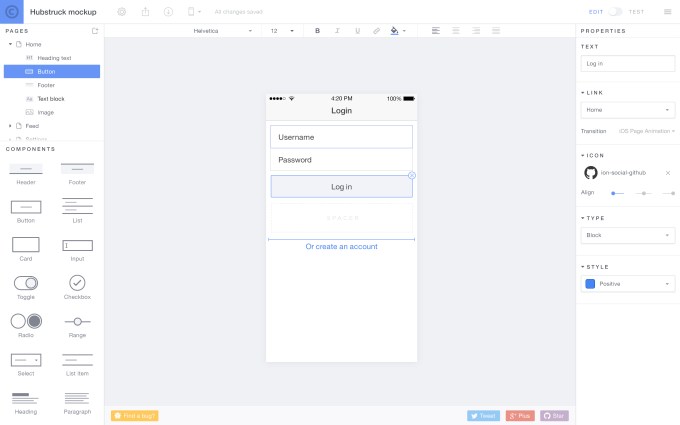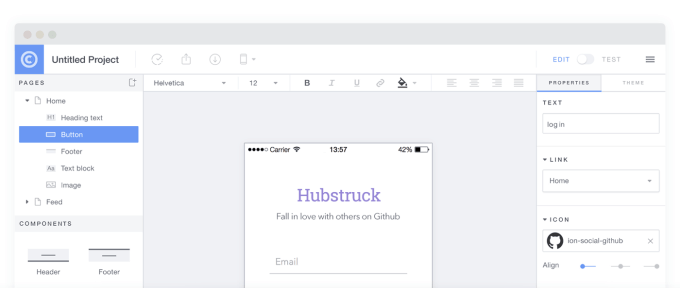Drifty, a company that has been making it possible for web developers to build and publish native mobile applications that can then be published to the major app stores, including Apple’s iTunes, Amazon’s Appstore and Google Play, has now raised an additional $2.6 million led by Lightbank in Chicago. The new funding comes after the startup has seen significant uptake of developers turning to its platform, ranging from individuals up to Fortune 50 enterprises.
Also participating in the round were Founder Collective in Cambridge, as well as previous investors Arthur Ventures, who last year funded Drifty’s $1 million seed round.
Drifty was originally founded in 2012 by CTO Ben Sperry and CEO Max Lynch, whose backgrounds included developing MMORPG games. They realized that there was a big opportunity in cross-platform mobile development, which would allow web developers to leverage their own expertise in order to build for the world of native mobile applications, using technologies they were already familiar with like HTML, CSS and AngularJS.

Since launching its Ionic Open Source Mobile SDK a little over a year ago, developers have created 500,000 apps, some portion of which (likely in the tens of thousands, though Drifty is not able to track this directly) have been published to the top mobile application stores. The project also has over 15,000 stars on GitHub and has risen to become one of the top 40 most popular projects worldwide, notes Lynch.
The Ionic SDK is installed over 100,000 times per month, and that number is continuing to increase, the company says.
The startup is still pre-revenue, as its plan has been to create a different open-source model where the core of what Ionic offers will remain free, including its ability to allow developers to build and test their mobile applications. However, it’s now expanding its feature set to include a various of additional “freemium” services, which is how Drifty will eventually make money.
For example, the company is currently testing a push notification service, and has a visual design tool in beta that lets developers build apps using drag-and-drop. An analytics service is also in the works.

While there have been a number of companies over their years that have targeted those interested in cross-platform native mobile development, Lynch says that what makes Ionic different is how well it has managed to take some of the best things from native and bring it to the web, including various navigational gestures that make apps feel like they’re really native as opposed to web-based.
One of its customers, a fitness app startup called Sworkit, has even been featured in the three major app stores, which indicates how Ionic-powered apps are considered good enough to compete with their native counterparts.
In addition, another thing that appeals to developers is that, with Ionic, they’ll have the ability to make changes to their applications without having to resubmit their updated versions to the app store and then wait for approval. That could give them a competitive advantage by allowing them to move much more quickly than others in their same space.
Building consumer-facing mobile apps is a popular use case for the technology, but Lynch says that there’s also a lot of potential for creating apps that live outside the app store, including those built for connected devices, as well as for internal use in the enterprise. Already, the company has a few enterprise customers including JPMorgan Chase, Caterpillar and American Family, for example.
“I’m more excited about the ‘dark network’ of apps,” says Lynch of the platform’s use case outside of consumer apps, “because what Ionic is good at is generating nice-looking apps very quickly which is a perfect fit for the internet of things and [enterprise’s] internal needs.”
The Madison, Wis.-based startup is a small team of 15 and plans to use this continued seed round to fund its further product development.
